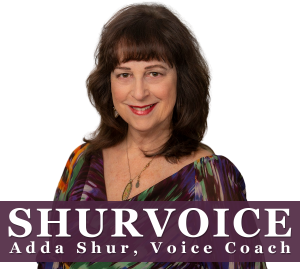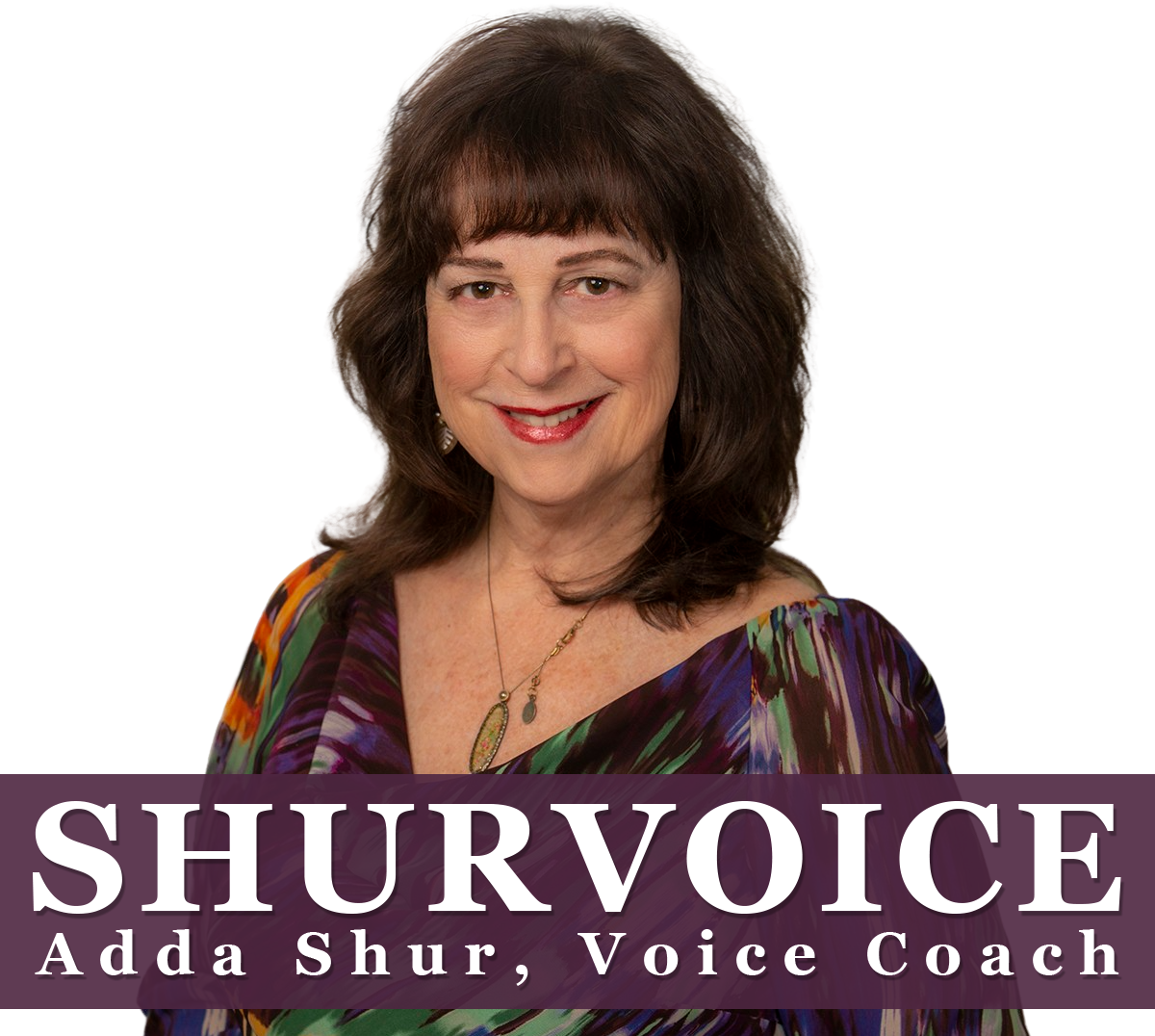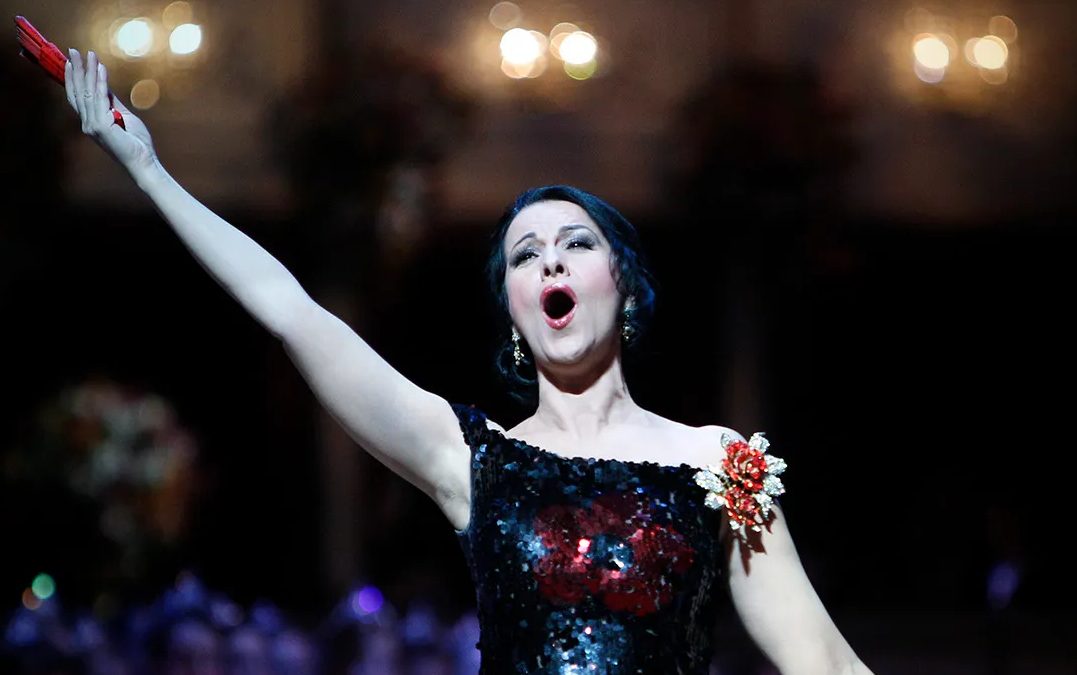When I was a young opera student in college, music and singing were my life. I loved to sing and practice new repertoire, easily practicing at least two hours every day, learning new songs and perfecting opera roles. This was easy for me to do. I was young and my voice very fresh. I had a lot of stamina, and vocal power and could easily be heard in large halls. My voice, however, lacked a certain flexibility or ability to sing projected softer passages.
As a graduate student at Indiana University, School of Music, Bloomington, Indiana, I became a voice student of the celebrated Rumanian/Italian Bel Canto soprano, Virginia Zeani. Madame Virginia Zeani introduced me to a wonderful world of vocalizes that emphasized coloratura flexibility, as well as power. She taught me many Bel Canto vocalizes and insisted that I practice songs, arias and roles using only ½ voice, something called “marking” to conserve my “vocal capital.” The great American soprano, Leontyne Price, was known for the motto that you should “sing on the interest, and save the principal.”
Conserve Your Vocal Power
It took me some time to master this idea, but today, it comes naturally to me. Remember, that unlike a violinist or pianist, beginning and intermediate singers should gradually increase their practice time, starting with perhaps 15 – 20 minutes a day. Two hours a day is plenty. After vocalizing for 10 to 20 minutes, even if you are a beginning student, you can safely spend up to an hour to 90 minutes focusing on quietly singing (either in the correct key, or even an octave lower) and learning your music and memorizing words. In my private lessons, I spend considerable time teaching students how to practice their songs, how to build subtext, emotional layering and analyze the meaning of their songs to find the best way to shape each phrase.
Performance Skills
Even if your voice and technique is functioning, there is so much more to do! Shurvoice students also learn performance skills such as how to move and act on stage for a role, or in recital. It doesn’t matter if you sing folk songs, pop songs, musical theater, or opera. You must learn exactly the music, the notes, the rhythm including the accompaniment (orchestras, or the bands part), have your text and words memorized, and determine the stress words in each phrase. You must then perform with drama and appropriate gesture or movements.
Along with Bel Canto methods that I was fortunate to learn with Madame Virginia Zeani (https://virginiazeani.com/) that have kept my voice supple and flexible all these years, my own VOGA methods have maintained and even improved my vocal abilities.
Books You Should Explore
If you love to sing, naturally you are always curious to learn more! I enjoy reading books about the art of singing by great singers. A wonderful book I recommend is “Caruso and Tetrazzini” on the Art of Singing. Caruso was considered and may still be considered the greatest Tenor of the 20th Century, and Tetrazzini a great soprano of the late 19th and early 20th Century. I recently found this online, and apparently it’s free. You may enjoy reading what these great masters of singing have to say about preserving the voice, practicing, and more: https://www.ibiblio.org/ebooks/Tetrazzini/Art_Singing.htm
Contact Adda (310-963-7194) For a Free Consultation!
Voice Training | Voice Healing | Voice Reconditioning
Career Counseling | Recordings | Books
—
 About ShurVoice and Adda Shur
About ShurVoice and Adda Shur
Adda discovered her talent for teaching while engaged as an opera soloist with the Zurich Opera, Switzerland in 1988. Young opera students attending her performances asked if she would teach, and she hasn’t stopped yet. Adda has helped many hundreds of students, choirs, teachers and speakers to develop their vocal talents. Her students are empowered to perform with ease, power and expression whether on stage, in the concert hall or in the recording studio.
> Learn More

